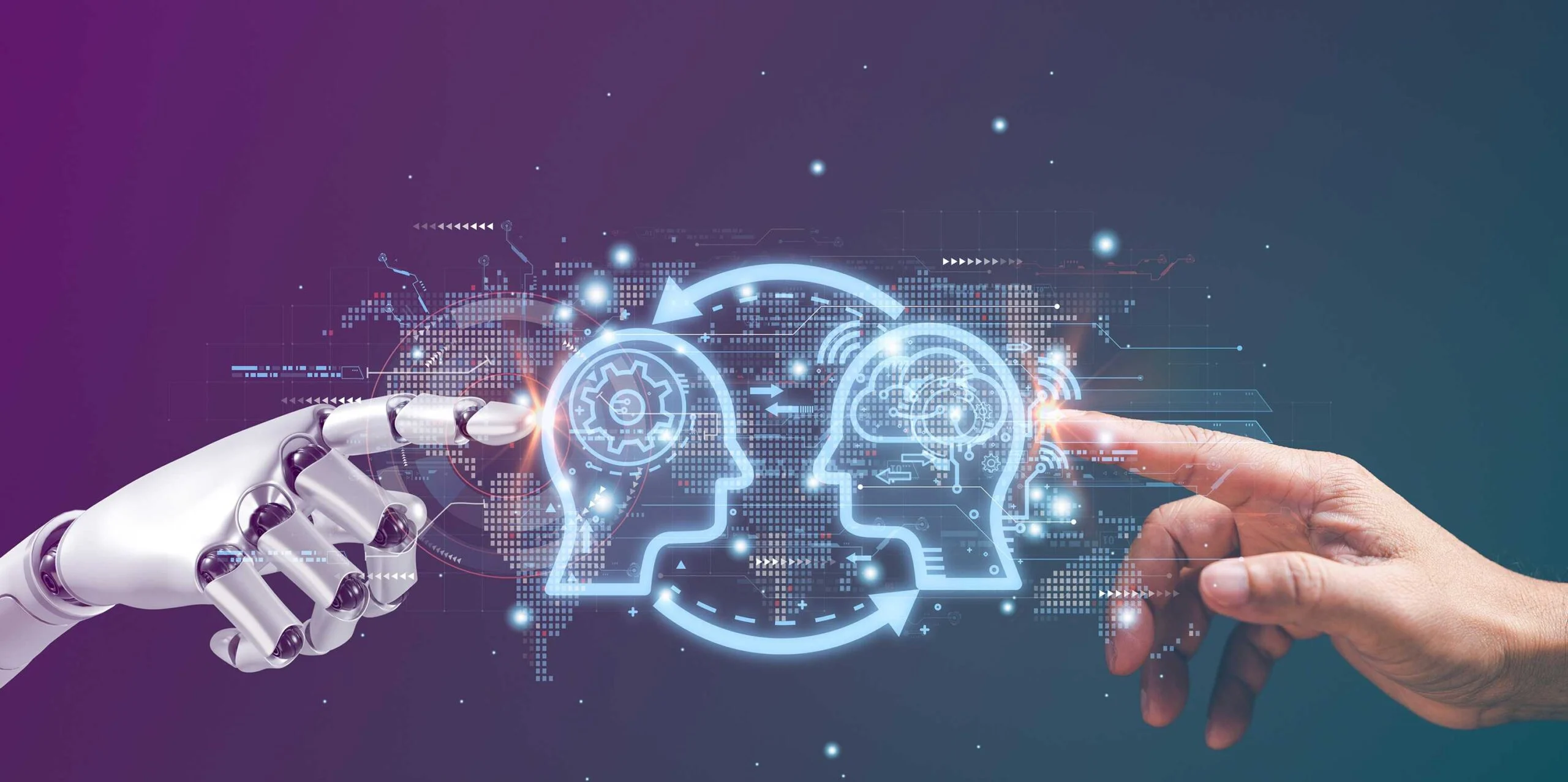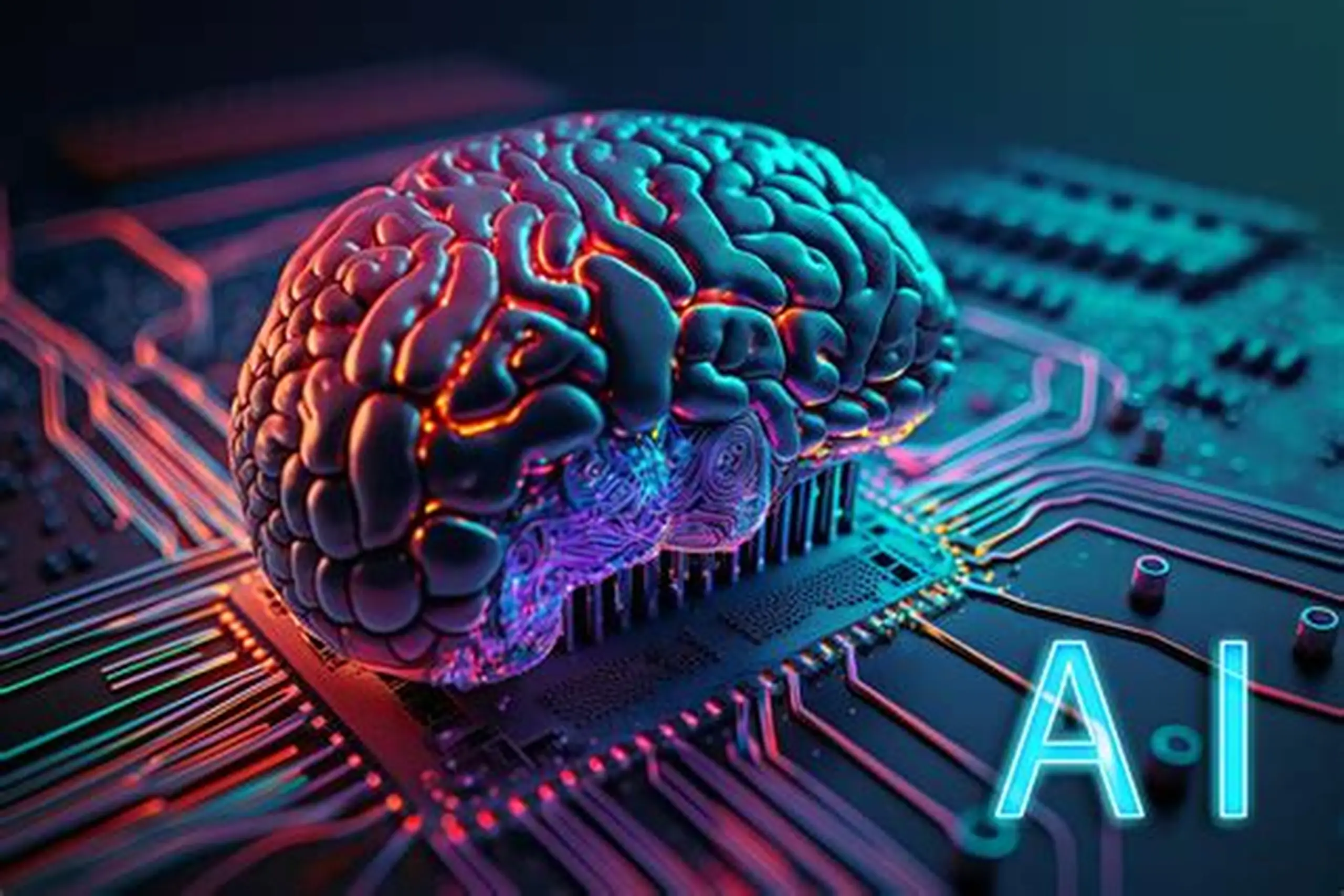You are wrong if you think that artificial intelligence is only used for data analysis and automation. The “creative” form of this impressive technology can also do things considered reserved for humans. Known as generative AI, it can, for example, compose music, write poetry, create a painting, or even write the script of a movie from start to finish. But can AI really be as creative as a human being, or is it just imitating creativity?
For example, it can create the content for a site like verde casino romania, but does it just mimic existing examples, or can it be truly creative? Here, we will look for the answer to this question.
What Is Creativity?
Let’s start with basic definitions, because without defining what creativity is, it will be difficult to determine what AI can and cannot do. While there is no precise definition of creativity, we can define it as the human ability to generate new and valuable ideas or solutions.
It is fundamentally based on imagination and intuition, requires emotional depth, and sometimes involves a “spark of inspiration” for which there is no precise definition. For centuries, creativity has been considered an exclusively human trait.
Artificial intelligence is an algorithm-based technology. It can learn new things and train itself, but it does so by using large data sets and building mathematical models. When you give it a task, it analyzes it in detail, tries to identify patterns and uses them to predict what the outcome should be. But can this process be equivalent to human creativity?
Artificial Intelligence’s Creative Abilities
To answer this question, let’s first take a look at what Artificial intelligence can do creatively:
- Music Composition: Tools like OpenAI MuseNet and Google Magenta can compose original pieces. There are even tools where you can just specify a theme and have it create a song with lyrics.
- Visual Arts: AI-powered programs like DALL-E and Midjourney can generate paintings and images using text prompts.
- Writing and Storytelling: Language models like GPT-4 can write poems, stories and scripts. For example, the famous literary platform Goodreads has a large selection of novels written by Artificial intelligence.
- Design and Fashion: AI algorithms can create fashion trends by analyzing consumer preferences and create new designs & personalized products.
These capabilities of AI might lead us to think that it is truly creative if we only look at the results. But the question remains: is the technology really using its “muses” to do these things, or is it just producing imitations based on pattern analysis?
True Creativity or Imitation?
Those who argue that AI is not truly creative have valid reasons. For example, this technology does not have self-awareness or emotions, so there is a “lack of consciousness” problem. Something that does not have consciousness cannot be creative. Moreover, Artificial intelligence is a data-dependent technology: if you do not provide it with data to train itself, it cannot “think” about anything.
Since it lacks real originality or lived experience, it cannot be creative either. Finally, we cannot say that AI creates something with personal meaning or cultural context in mind: all it does is create an imitation of things that have already been created through pattern analysis.
However, those who argue that this technology is creative like a real human also have valid arguments. For example, they claim that complex systems can generate new ideas without purpose, and that AI will expand the creative horizons of human beings by analyzing things that no one else has noticed.
They also say that this technology defies traditional definitions and gives rise to new hybrid art forms, which is undeniable. But what is the truth?
Taking Human Potential to New Levels Through Collaboration
The truth, as is often the case, does not have a clear answer. But perhaps it does not need to have a clear answer. Rather than debating whether Artificial intelligence is truly creative, it may be better to view it as a “collaborator”.
With the synergy between human intuition and AI’s computational ability, we can generate new ideas faster and explore creativity beyond our limits. Perhaps it would be more useful and productive to view AI as our partner, or at least our assistant, rather than our competitor.
This technology is not just a trend: it is here to stay and continues to improve day by day. We don’t need to compete with it because Artificial intelligence doesn’t challenge us. It is here to help us in everything, and that includes creativity.
You can use it as a brainstorming tool, making it easier to develop new ideas by detecting details you didn’t notice, and you can leave the routine parts of creation to it and focus on achieving truly innovative results. When used correctly, AI will easily take human creativity to the next level.


